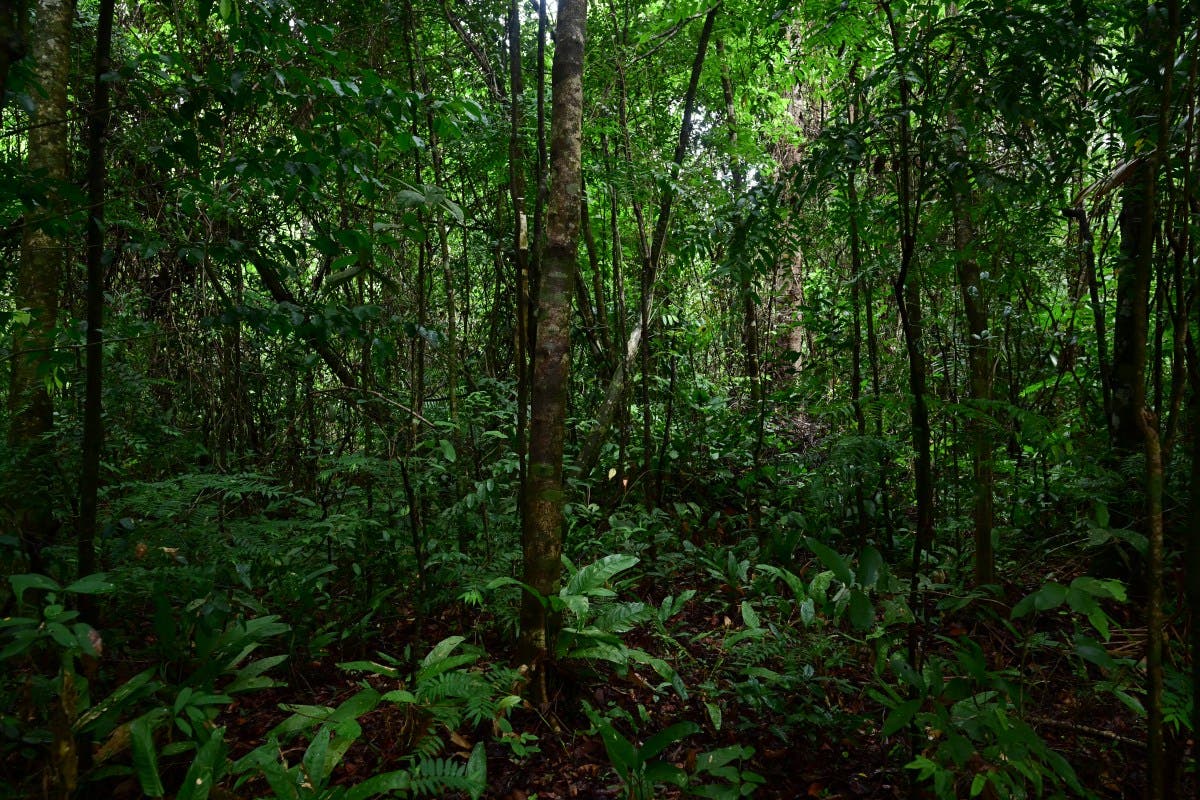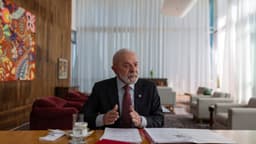Home / Environment / Amazon at Crossroads: Indigenous Wisdom Vital to Saving Vital Biome
Amazon at Crossroads: Indigenous Wisdom Vital to Saving Vital Biome
6 Nov
Summary
- Amazon has lost 16% of its cover, 23% is fragmented, 26% degraded
- Indigenous peoples defend the forest, but face threats like illegal mining
- Collective action needed to protect Amazon's connectivity and biodiversity

The Amazon rainforest is at a decisive crossroads as of November 2025. Data shows the world's most biodiverse tropical forest has already lost 16% of its cover, with more than 23% of its ecological connectivity fragmented and at least 26% showing signs of degradation. These alarming figures are not just environmental statistics, but warning signals that the Amazon's capacity to regulate water cycles, sustain genetic flows, support millions of lives, and stabilize the global climate is under grave threat.
However, the Amazon is not just a vulnerable biome - it is a living territory sustained by Indigenous peoples and local communities who have long defended it against state neglect. Confronting the climate crisis now requires recognizing Indigenous ecological wisdom as vital to planetary survival. The upcoming COP30 climate summit in Belém, Brazil, offers a historic opportunity, with the Amazon hosting the world's main climate negotiations.
To this end, a coalition of 12 regional networks representing over 450 civil society organizations and 300 scientists have formed the Amazonian Network of Networks. They have created the Pan-Amazonian Climate Pact, outlining five pillars for structural action, including protecting the Amazon's connectivity, supporting Indigenous defenders, and strengthening sustainable economic models. Experts warn that the ecological point of no return is also a political boundary, and inaction would mean renouncing a shared future.




